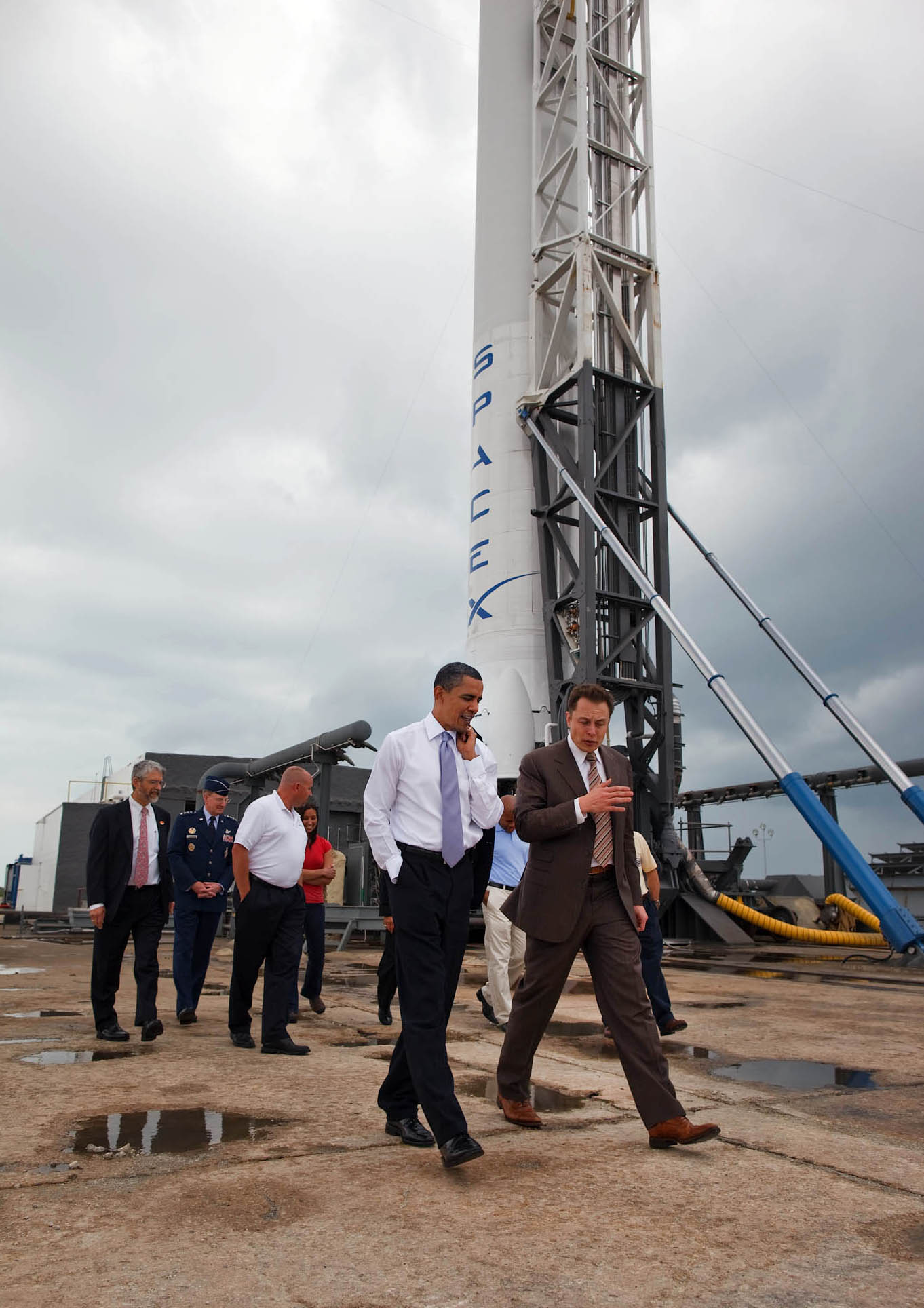NOVEMBER 22, 2020: The Apollo-type asteroid (7753) 1988 XB will pass 0.066 AU from Earth. The best visibility will be next week when it travels west-northwestward through Leo, Cancer, and Gemini and will be 15th magnitude. Close approaches by near-Earth asteroids are the subject of this week’s “Special Topics” presentation.
NOVEMBER 25, 2005: JAXA’s Hayabusa spacecraft performs a second brief touchdown on the near-Earth asteroid (25143) Itokawa and, although not realized at the time, successfully collects a few samples of soil material, which were eventually returned to Earth. The Hayabusa mission is discussed in a previous “Special Topics” presentation.
NOVEMBER 25, 2015: Then-U.S. President Barack Obama signs the U.S. Commercial Space Launch Competitiveness Act into law, which among other things allows and encourages the commercial utilization of resources from asteroids. The significance of this legislation, and other legal aspects involved with the extraction of resources from “small bodies,” are discussed in a previous “Special Topics” presentation.

NOVEMBER 26, 1971: NASA’s Mariner 9 mission, having recently arrived at Mars, takes the first close-up images of Mars’ moon Deimos. These were the first close-up images of any “small body” within the solar system. The small moons of the various planets are the subject of a previous “Special Topics” presentation.
NOVEMBER 26, 2020: Comet 11P/Tempel-Swift-LINEAR will pass through perihelion at a heliocentric distance of 1.389 AU. This was one of the “lost” periodic comets examined by Brian Marsden in his 1963 study – discussed in previous “Comet of the Week” presentations – which was re-discovered by the LINEAR program in 2001. It returns under favorable viewing geometry in 2020 and has recently become bright enough for visual observations although thus far it remains relatively faint (14th magnitude at this writing). Additional information can be found at the “Comet Resource Center.”
NOVEMBER 27, 1872: An extremely strong display of the Andromedid meteor shower is witnessed from Europe. The Andromedids are associated with Comet 3D/Biela – a previous “Comet of the Week” – which had been missed on some previous returns and apparently had completely disintegrated. The association between comets and meteor showers is the subject of last week’s “Special Topics” presentation, and the association of the Andromedids with Comet Biela is discussed in that object’s “Comet of the Week” presentation.
NOVEMBER 27, 1885: A very strong display of the Andromedid meteor shower is witnessed from Europe and elsewhere. During the shower, a Hungarian astronomer, Ladislaus Weinek, successfully takes the first known photograph of a meteor.
NOVEMBER 27, 2011: Amateur astronomer Terry Lovejoy in Queensland discovers Comet Lovejoy C/2011 W3, the first – and, so far, only – ground-discovered Kreutz sungrazer of the 21st Century. It is a future “Comet of the Week.”
NOVEMBER 28, 2011: A team of astronomers led by Bruce Koehn of Lowell Observatory in Arizona discovers a small moon accompanying the asteroid (5261) Eureka, the first-known “Mars Trojan” asteroid, by means of photometric observations. The moons of asteroids, and Trojan asteroids in general, are the subjects of previous “Special Topics” presentations.
NOVEMBER 28, 2013: Comet ISON C/2012 S1 passes through perihelion at a heliocentric distance of 0.012 AU. There was hope that Comet ISON might become a “Great” comet, but instead, it disintegrated as it passed through perihelion. It is this week’s “Comet of the Week.”
NOVEMBER 28, 2020: The main-belt asteroid (333) Badenia will occult the 7th-magnitude star HD 43246 in Auriga. The predicted path of the occultation crosses south-central Libya, north-central Algeria, northern Morocco, the north-central Atlantic Ocean, the southeastern U.S. from New Jersey to southwestern New Mexico (including the city of Philadelphia), and the Mexican States of Sonora and Baja California.
More from Week 48:
Comet of the Week Special Topic Free PDF Download Glossary
Ice and Stone 2020 Home Page


